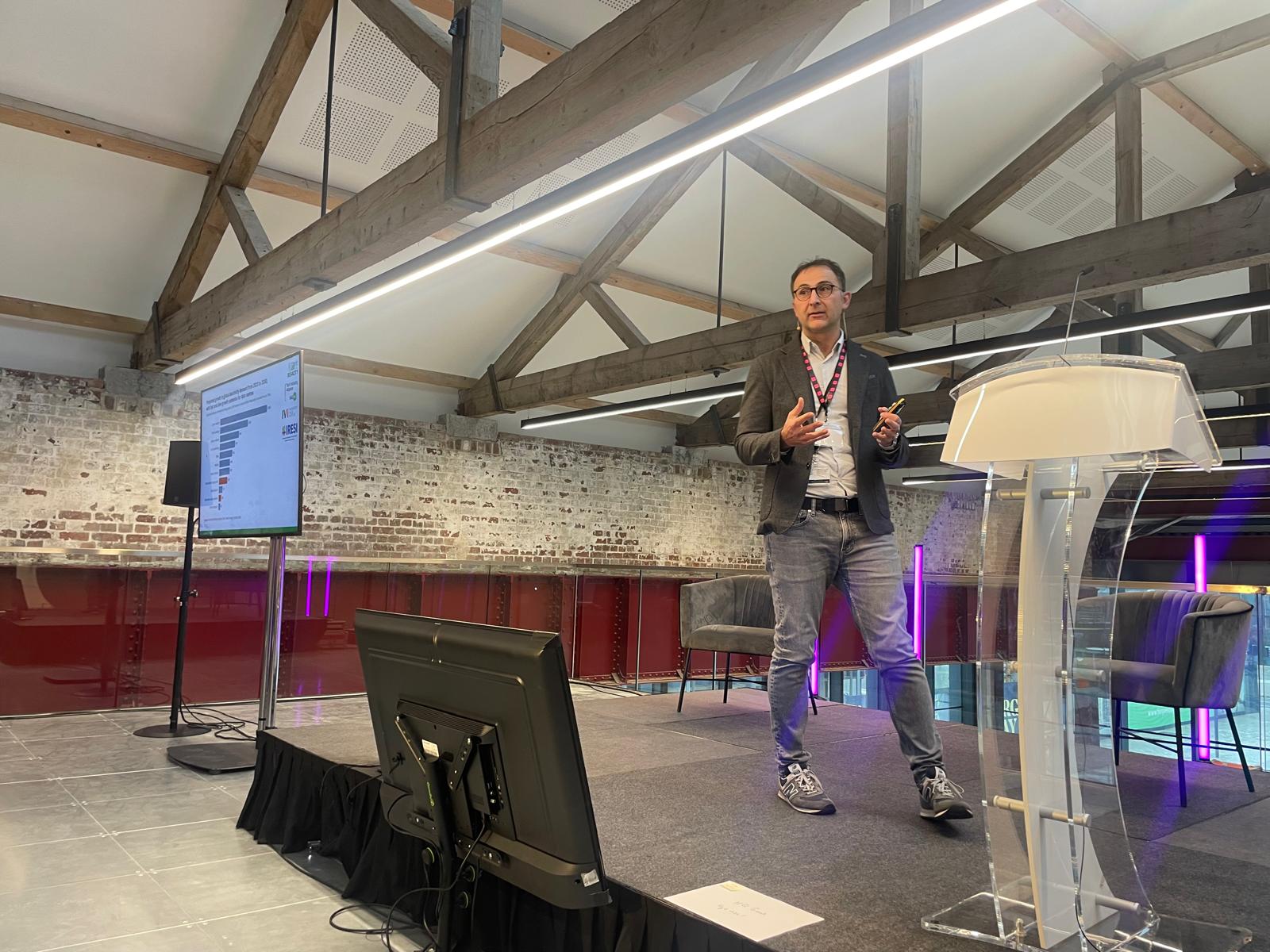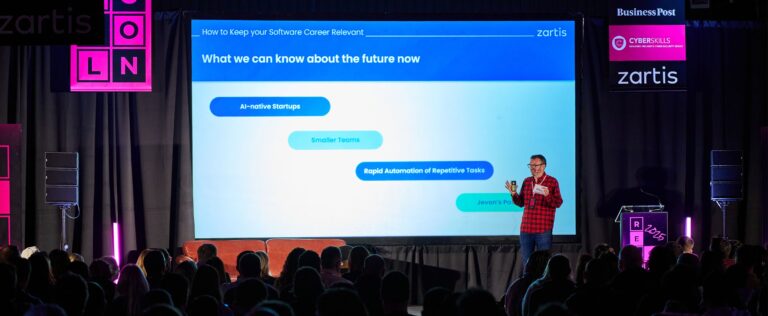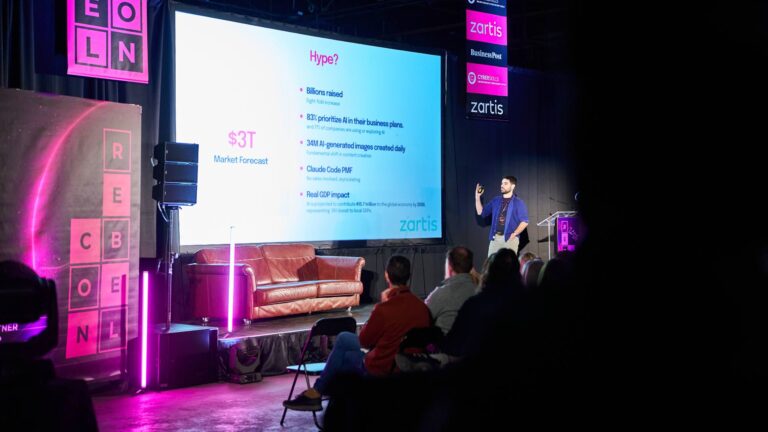Sustainability remained a strong thread throughout RebelCon 2024, with one particularly hands-on session diving into what it means to actually build greener software.
Green software isn’t just about renewable energy or carbon credits — it’s about how we write, run, and maintain code and infrastructure.
The Speaker:
John Drury, Researcher at Skillnet & Maynooth University
Takeaways from the discussion included:
🔹 Code efficiency matters:
Heavier, inefficient code consumes more processing power and energy. Writing clean, efficient algorithms can have a real environmental impact — especially at scale.
🔹 Data transfer and storage are energy sinks:
Optimising how much data your application transfers, how often, and where it’s stored can significantly reduce carbon footprint. Techniques like caching, compression, and minimising redundant operations make a difference.
🔹 Cloud choice influences footprint:
Many cloud providers are moving toward greener data centres — but they vary. Understanding your provider’s sustainability metrics and choosing locations strategically can amplify your impact.
🔹 Measure what you can:
Tools for estimating the carbon cost of workloads (such as the Cloud Carbon Footprint tool) are maturing. Even rough metrics are better than operating blindly.
The clear message: building green software is no longer an idealistic goal — it’s a practical engineering choice that forward-thinking teams are already making.




